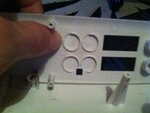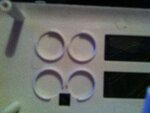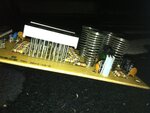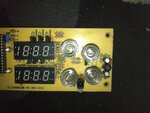Banksy5555
Newbie level 4
Won't let me put a picture in Hi I was hoping to bypass a button on this bord and when I took it apart the buttons wasn't as straight forward as I thought, they was spring buttons. Was just wondering how they work and if I can still bypass it so it is on constantly on, as you can tell I have no knowledge in electronics so a basic guide would be nice many thanks





